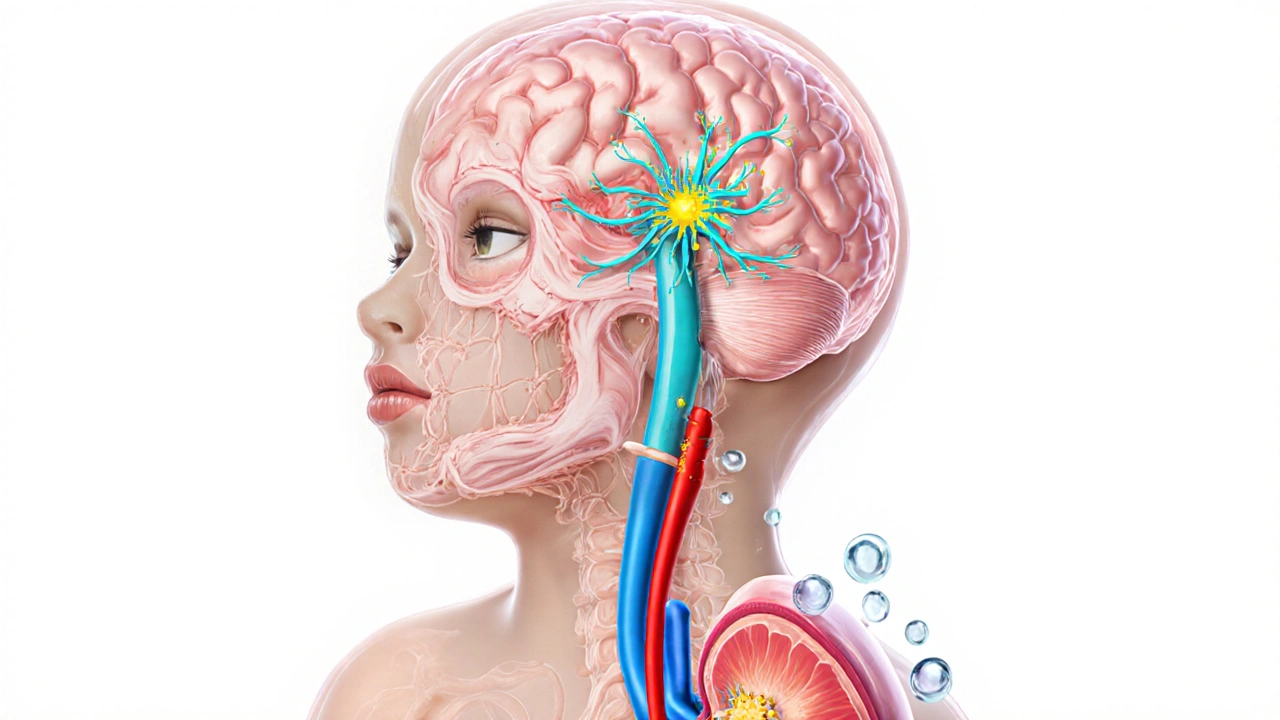Growth Hormone: What It Is, How It Works, and Why It Matters
When working with Growth Hormone, a protein hormone made by the pituitary gland that stimulates growth, cell repair, and metabolism. Also known as somatotropin, it plays a key role in childhood development and adult health. In simple terms, growth hormone tells your body to build and maintain tissue, especially muscle and bone. It kicks in during deep sleep, after exercise, and when you’re fasting, sending signals that boost protein synthesis and fat breakdown. That’s why doctors check its levels if a kid isn’t growing as expected or if an adult shows signs of muscle loss. The hormone works by binding to receptors on cells, which then trigger a cascade that ends up producing IGF‑1, the main messenger that carries growth signals to tissues. Understanding this chain helps you see why a shortage or excess of growth hormone can cause very different health issues.
Key Players Linked to Growth Hormone
One of the most important downstream effects is the production of IGF-1, Insulin‑like Growth Factor‑1, a hormone that mediates most of the growth‑promoting actions of growth hormone. IGF‑1 travels through the bloodstream and works on bones, muscles, and organs to ensure they grow in size and function properly. Without enough IGF‑1, even normal growth hormone levels can’t achieve their full effect. Another crucial piece of the puzzle is the pituitary gland, a small, pea‑sized organ at the base of the brain that releases growth hormone and several other hormones. The pituitary acts like a master controller, adjusting growth hormone output based on signals from the hypothalamus and feedback from IGF‑1 levels. When the pituitary over‑produces growth hormone, it can lead to conditions like acromegaly, where adult bones thicken and facial features change. When it under‑produces, children may experience growth‑failure syndromes that often require synthetic growth hormone therapy.
Today, synthetic growth hormone is prescribed for specific medical reasons: children with growth‑hormone deficiency, adults with muscle‑wasting diseases, and some rare genetic disorders. The therapy mimics the body’s natural hormone, boosting IGF‑1 and improving body composition. However, it isn’t a shortcut for building muscle without a doctor’s guidance; misuse can trigger joint pain, insulin resistance, and even increase cancer risk in susceptible individuals. Athletes sometimes turn to growth hormone for its anabolic effects, but the side‑effects and legal risks usually outweigh the short‑term gains. What you’ll find in the collection below reflects how growth hormone intersects with a wide range of medications and health topics. From drug comparisons that affect hormone balance to tips on safely purchasing generics online, the articles give you a practical roadmap for navigating hormone‑related health decisions. Keep reading to see how the pieces fit together and to get actionable advice you can use right now.
